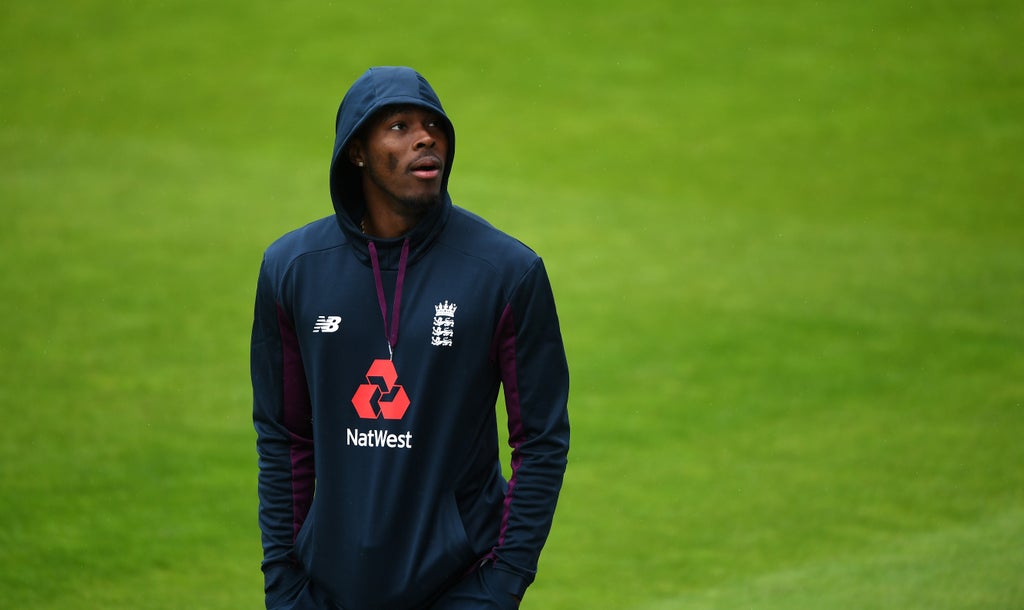
The after effects of the coronavirus lockdown could be a contributing factor to the spate of stress fractures among England bowlers, according to an ECB research specialist.
In the past week Jofra Archer, Saqib Mahmood and Matthew Fisher have all been ruled out for the season with lower back injuries, while the likes of Olly Stone, Sam Curran and Tom Curran are all on the way back after succumbing to the problem.
Each individual case carries its own specifics, but the cluster of breakdowns is a major cause for concern for the national side.
Incidences had been trending downwards for several years until the recent dramatic spike and Dr Peter Alway, research and operations manager at the England and Wales Cricket Board with a PhD in the field of lumbar stress fractures, believes the the sudden interruption of the pandemic could be part of the reason.
“Covid lockdowns deconditioned bowlers a considerable amount. It could be a contributing factor,” Alway told the PA news agency.
“There was a time in lockdown where I saw videos of some very tall fast bowlers bowling against their walls in London flats.
“Our research shows that when players get stress fractures in the first six to eight weeks where they are inactive or doing low cardio, they lose three to five per cent of their lumbar bone density. Any time you take away the stimulus of fast bowling on the spine, you have the same effect.
“We had been seeing some really promising trends up to last season, but what’s happened over the last few weeks has blown our numbers up.”
We had been seeing some really promising trends up to last season, but what's happened over the last few weeks has blown our numbers up.
“That number may not seem like a lot but the rate of loss is equivalent to what we see from astronauts in space. It’s basically as fast as anyone has ever seen bone density decrease.
“Fast bowlers have very, very adapted spines. The loads are around 100 times the impact of running and, in response, they get super dense spines. But if you don’t bowl for a while that adaptation decreases and you lose the protection offered by it.”
One of Alway’s briefs at the ECB is to work on injury prevention and back complaints are part of the price for pace bowling, he believes further progress is possible.
“The Holy Grail of injury prevention is predicting every injury, but sadly I don’t think anyone is there yet. It’s an occupational hazard of being a fast bowler,” he said.
“But part of what we are trying to do at the ECB is more decisions that are more evidence based rather than anecdotal. It’s multi-factoral. Some players have stepped up to a new level, this year’s Championship has six back-to-back games and there’s been some very flat pitches. It’s a bit of a perfect storm.
“I’d like to think in the coming years we have the knowledge to reduce these injuries. We can educate counties on best practice and about the possible red flags.
“Everyone in the game knows your best of chance of winning is keeping your best players fit. If you are bowling 70 overs in a game and then playing the next week there will be some eyebrows raised.”







